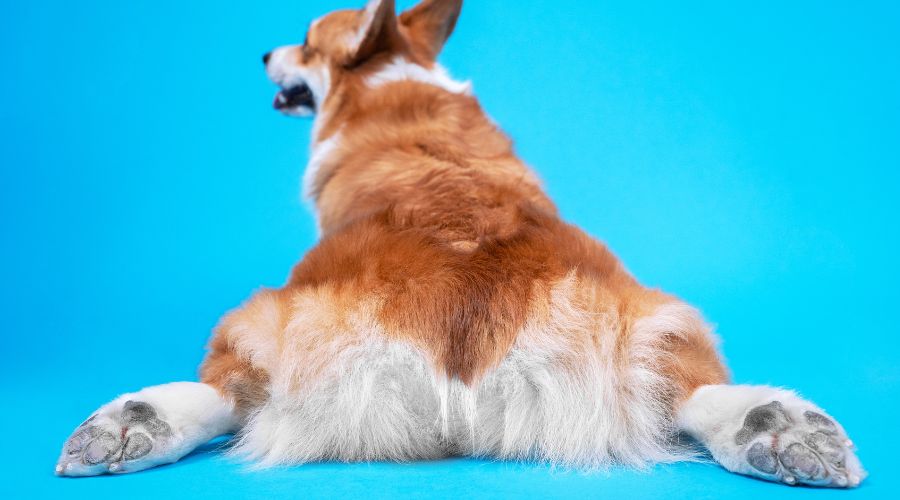
If you’re a dog owner, you’ve probably seen your furry friend scooting across the floor or yard on occasion.
This behavior, which is officially known as “scooting,” can be a sign of discomfort or irritation in your dog’s anal area.
In this post, we’ll explore the possible reasons behind this behavior and discuss how to identify and treat the underlying cause.
Table of Contents
Possible Causes of Scooting
The most common reason why dogs drag their butts on the ground is due to impacted anal glands. These glands, which are located on either side of the dog’s anus, secrete a smelly fluid that helps with marking and communication.
However, sometimes these glands can become clogged or infected, leading to discomfort and irritation. This can cause your dog to drag its butt on the ground in an attempt to relieve the discomfort.
Other possible causes of scooting include parasites such as fleas or worms, skin infections or allergies, and other health issues such as tumors or abscesses.
Additionally, some dogs may scoot due to behavioral reasons, such as marking their territory or as a response to stress or anxiety.
How to Identify the Cause
If you notice your dog scooting frequently, it’s important to determine the underlying cause in order to provide appropriate treatment. One way to do this is to observe your dog’s behavior and examine its anal area.
If you see any signs of swelling, redness, or discharge, it’s likely that your dog is experiencing some form of discomfort or irritation.
Another option is to consult with a veterinarian, who can perform a physical exam and possibly order diagnostic tests such as a fecal exam or skin scraping. Depending on the underlying cause, your vet may recommend medications or other treatments to address the problem.
Prevention and Treatment
Preventing scooting behavior in dogs requires regular grooming and hygiene practices. This includes keeping your dog’s anal area clean and dry, and regularly expressing their anal glands if necessary. Additionally, dietary changes may help prevent scooting in dogs with chronic anal gland issues, such as switching to a high-fiber diet.
If your dog is scooting due to a health issue such as parasites or an infection, your vet may prescribe medication such as antibiotics or anti-parasitic drugs. In some cases, surgery may be necessary to remove tumors or abscesses.
It’s important to address scooting behavior in dogs as soon as possible, as it can indicate an underlying health issue that requires prompt treatment. If left untreated, these issues can lead to more serious complications and discomfort for your furry friend.
Conclusion
In conclusion, scooting behavior in dogs is typically a sign of discomfort or irritation in the anal area. The most common cause is impacted anal glands, but other issues such as parasites, infections, and behavioral problems can also contribute to this behavior. By identifying the underlying cause and providing appropriate treatment, you can help your furry friend stay healthy and comfortable.
